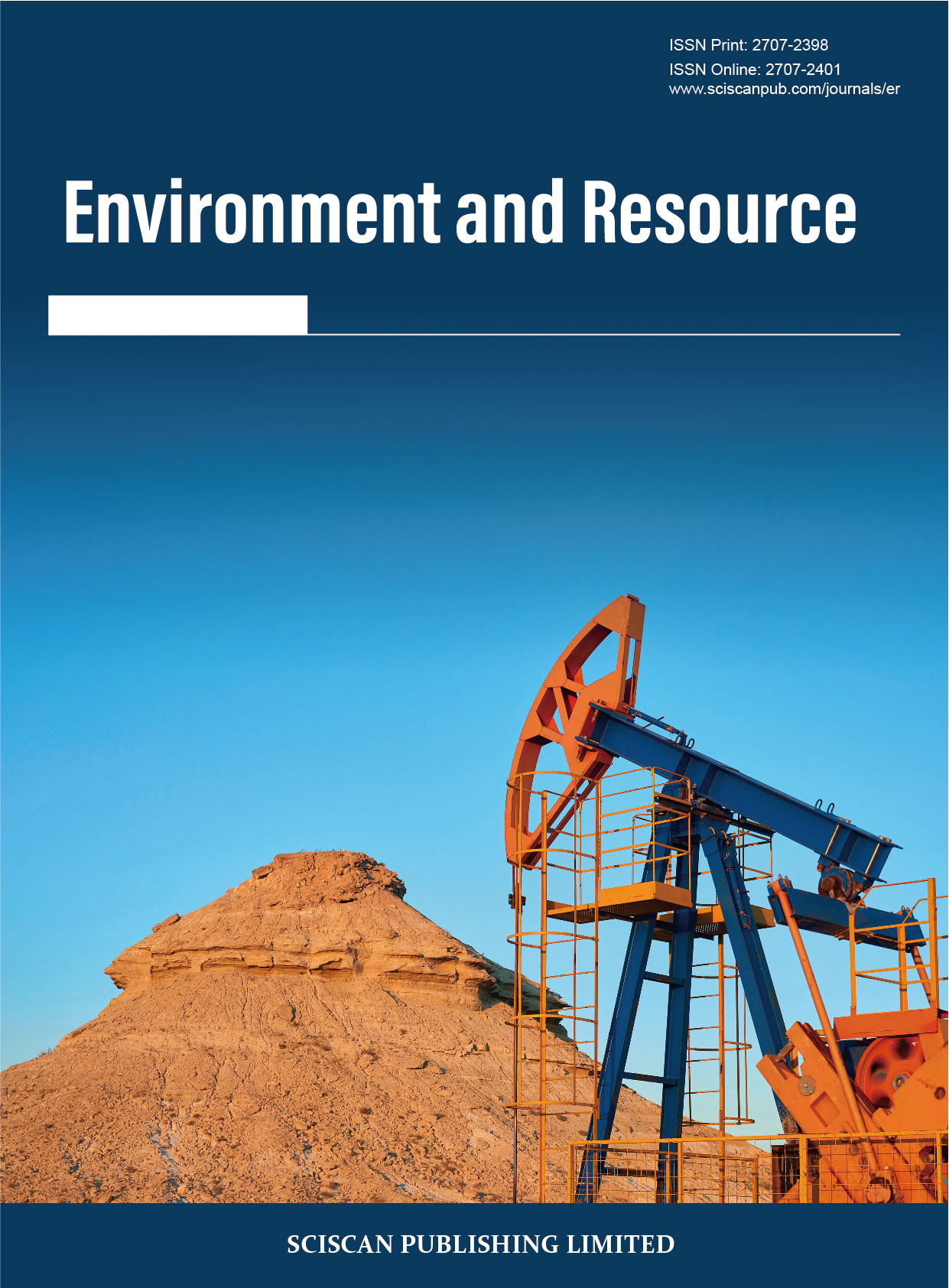Environment and Resource
ISSN Print:2707-2398
ISSN Online:2707-2401
Contact Editorial Office
Subscribe to the latest published information from SCISCAN
生物质基气凝胶的阻燃性能研究进展
Progress in the Study of Flame Retardant Properties of Biom Ass-based Aerogels
- Authors: 向一夫 杨芷欣 张琳琳 姜宛彤 张洪涛 房美琦
-
Information:
沈阳理工大学环境与化学工程学院,沈阳
-
Keywords:
Biomass aerogel; Flame-retardant insulation material; Flameretardant mechanism生物质气凝胶; 阻燃隔热材料; 阻燃机理
- Abstract: With the global emphasis on sustainable development, the development of environmentally friendly and sustainable bio-renewable resources has gradually become the focus. Biomass aerogel, as a new type of porous material, not only possesses the excellent characteristics of traditional aerogel, such as high mechanical strength, low density, high porosity and large specific surface area, but also has the unique advantages of being widely sourced, non-toxic, bioco-mpatible and biodegradable. However, as the surface of biomass materials is ri-ch in hydrophilic groups, they are prone to absorb water, leading to the destru-ction of aerogel structure and the reduction of mechanical properties, which affects the stability of their practical applications. For this reason, in recent years, we have devoted ourselves to the modification and composite treatment of bio-mass aerogels, and have studied the modification mechanism in depth, and have achieved remarkable results. In this paper, from the perspective of flame retardant insulation, several common biomass aerogels are reviewed to prepare new flame retardant materials by compounding with polymers and inorganic materias, and the prospect of their application in flame retardant field is also prospected, aiming to provide new ideas for the preparation of new biomass aerogel materials with excellent application stability. 随着全球对可持续发展的重视,环保和可持续的生物可再生资源开发逐渐成为焦点。生物质气凝胶,作为一种新型多孔材料,不仅具备传统气凝胶的卓越特性,如高机械强度、低密度、高孔隙率和大比表面积,而且还具有来源广泛、无毒、生物兼容和可生物降解等独特优点。然而,由于生物质材料表面富含亲水性基团,容易吸水,导致气凝胶结构破坏和力学性能降低,这对其实际应用稳定性造成影响。为此,近年来致力于对生物质气凝胶进行改性和复合处理,并深入研究了改性机制,取得了显著成果。本文从阻燃隔热的角度,综述了几种常见生物质气凝胶通过与聚合物、无机物复合,制备新型抗阻燃材料,并对其在阻燃领域的应用前景进行了展望,旨在为制备具有优良应用稳定性的新型生物质气凝胶材料提供新思路。
- DOI: https://doi.org/10.35534/er.0603004
- Cite: 向一夫,杨芷欣,张琳琳,等.生物质基气凝胶的阻燃性能研究进展[J].环境与资源,2024,6(3):33-41.
















